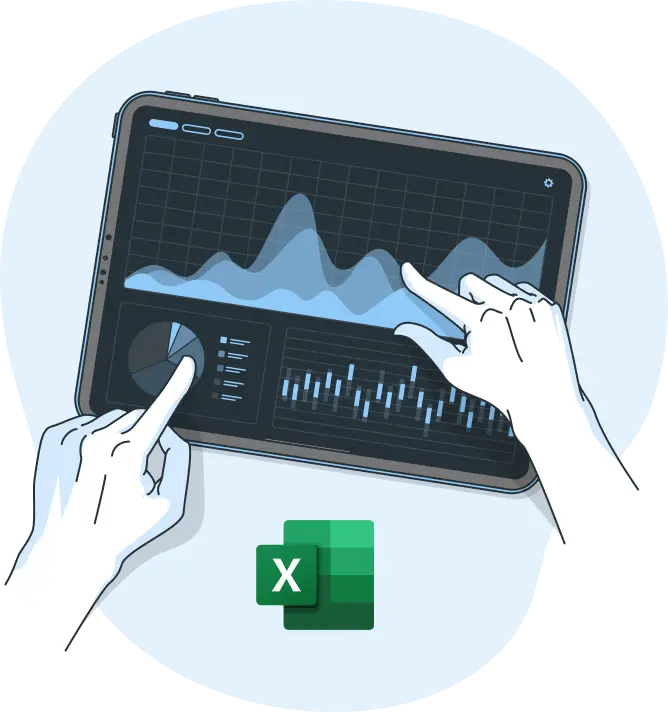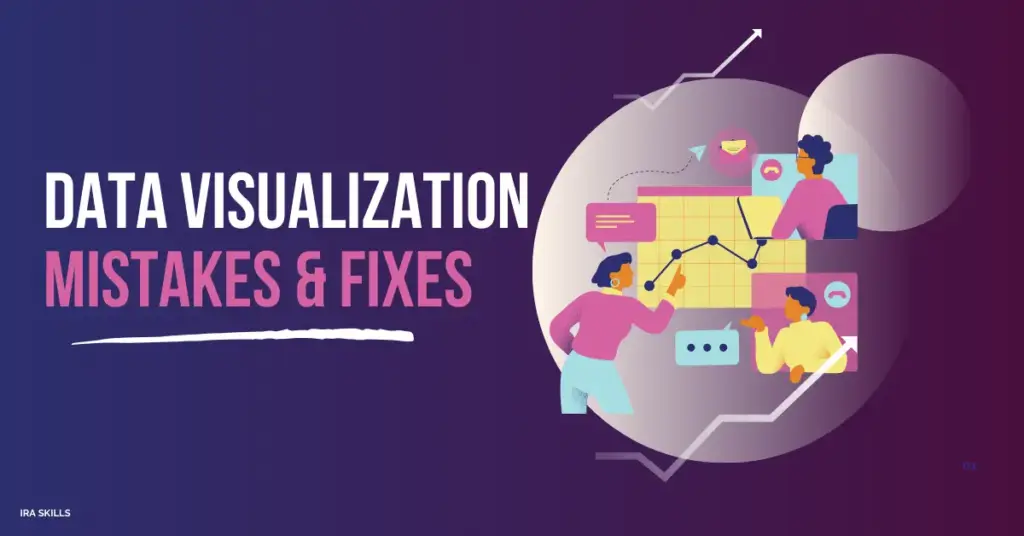Are you confused about the preparation of your SQL interview?
What all are the important topics?
It is such a vast area, right?
Then, how to make sure you are covering all the important areas and topics before the interview?
Worry not because you have landed on the perfect blog to guide you all through!
Whether you’re a beginner or a professional, SQL interviews indeed comes with challenges. The reason behind this is that these interviews do not just test your technical skills but also checks how well you understand the fundamentals i.e the basics of working with data.
In this blog, we’ll go through the most practical and commonly asked SQL interview questions.
From making perfect queries to solving actual problems, these questions will cover everything you need to prepare before your next interview with confidence.
Let’s dive straight into it!
What is SQL?
Before getting ahead, this is really important to clear the image of SQL in your mind!
So, if you think SQL (Structured Query Language) as just a query tool, you are very wrong!
Why?Because it’s functioning is a huge lot!
It’s the language of databases, powering everything from web apps to business intelligence systems.
So, you see– it does a real lot and so there could be a lot of questions asked in from here.
In this blog, we’ll cover the 30 most important SQL questions, divided into basic, intermediate, and advanced levels with examples. Let’s ensure that you’re as prepared as possible for your next interview!
Basic SQL
Basic SQL is the foundation of your journey into databases. And questions asked from here are a must-know!
Interviewers ask these questions to test your understanding of the basic concepts like database structures, relationships, and fundamental SQL commands.
Is you are applying as a fresher, there is a high probability that you would be tested with these questions–
Basic SQL Interview Questions
1. What is SQL, and why is it used?
SQL is a language used to interact with relational databases. It allows users to retrieve, insert, update, and delete data efficiently. For example, SQL is used to fetch customer details from an e-commerce database.
2. What are the different types of SQL commands?
SQL commands are categorized as:
- DDL (Data Definition Language): CREATE, ALTER, DROP
- DML (Data Manipulation Language): SELECT, INSERT, UPDATE, DELETE
- DCL (Data Control Language): GRANT, REVOKE
- TCL (Transaction Control Language): COMMIT, ROLLBACK
3. What is the difference between DELETE and TRUNCATE?
- DELETE: Removes rows based on a condition.
- TRUNCATE: Deletes all rows and resets identity counters, but it is faster as it doesn’t log individual row deletions.
4. What is a Primary Key and a Foreign Key?
Primary Key: Uniquely identifies each row in a table.
Foreign Key: Creates a relationship between two tables.
5. What is a JOIN? What are its types?
Joins retrieve data from multiple tables. Common types include:
- INNER JOIN
- LEFT JOIN
- RIGHT JOIN
- FULL OUTER JOIN
6. What is normalization?
Normalization is the process of organizing data in a database to reduce redundancy and improve data integrity. It involves dividing a database into two or more tables and defining relationships between them.
7. What is denormalization?
Denormalization is the process of combining normalized tables into a single table to improve read performance. It introduces redundancy and can lead to data anomalies.
8. What is a primary key and foreign key?
A primary key is a field (or combination of fields) that uniquely identifies each record in a table. It must contain unique values and cannot contain nulls.
A foreign key is a field (or combination of fields) in one table that uniquely identifies a row of another table. It establishes a link between the data in the two tables.
9. What is a view in SQL?
A view is a virtual table based on the result set of an SQL statement. It contains rows and columns just like a real table and can be used to simplify complex queries, enhance security, and present data in a customized way.
10. What is an index? Why is it used?
An index is a database object that improves the speed of data retrieval operations on a table at the cost of additional storage and maintenance. It is created on columns that are frequently used in WHERE clauses or join conditions.
Intermediate SQL
After getting a thorough idea of the basics, you will have to move to intermediate SQL. This focuses on real-world scenarios, meaning questions that test your application skills like
how well you can optimize queries, design schemas, and handle data relationships.
These questions are asked to assess problem-solving skills.
Intermediate SQL Interview Questions
1. What is the difference between UNION and UNION ALL?
UNION: Combines results and removes duplicates.
UNION ALL: Combines results but keeps duplicates.
2. What are Indexes, and why are they used?
Indexes improve query performance by speeding up data retrieval. Types include:Clustered Index, Non-Clustered Index
3. What is Normalization, and what are its types?
Normalization reduces data redundancy. Types include:
- 1NF (First Normal Form): Eliminates duplicate columns.
- 2NF (Second Normal Form): Ensures all non-key attributes depend on the primary key.
- 3NF (Third Normal Form): Removes transitive dependencies.
6. What is a subquery? Explain its types.
A subquery is a query nested inside another query. Types of subqueries include:
- Single-row subquery: Returns zero or one row.
- Multiple-row subquery: Returns one or more rows.
- Correlated subquery: References columns from the outer query and is evaluated once for each row processed by the outer query.
7. What is a stored procedure?
A stored procedure is a prepared SQL code that can be saved and reused. It can accept parameters, perform operations, and return results. Stored procedures help in encapsulating business logic and improving performance.
8. What is a trigger?
A trigger is a set of SQL statements that automatically execute in response to certain events on a particular table or view, such as INSERT, UPDATE, or DELETE. Triggers are used for enforcing business rules, auditing changes, and maintaining derived data.
9. Explain the difference between UNION and UNION ALL.
- UNION combines the result sets of two or more SELECT statements and removes duplicate rows.
- UNION ALL combines the result sets and includes all duplicates.
10. What are aggregate functions? Provide examples.
- Aggregate functions perform calculations on multiple values and return a single value. Examples include:
- COUNT(): Returns the number of rows.
- SUM(): Returns the sum of a numeric column
Advanced SQL
This is the trickiest part because interviewers can ask you to write complex queries, optimize database performance, and understand large-scale databases. These questions will require both theoretical knowledge and practical problem-solving skills.
Advanced SQL Interview Questions
1. What is a Common Table Expression (CTE)?
A CTE is a temporary result set for easier query readability. Example:
WITH CTE_Example AS (
SELECT Name, Age FROM Employees
)
SELECT * FROM CTE_Example;
2. What are Window Functions in SQL?
Window functions perform calculations across a set of rows related to the current row. Example:
SELECT Name, RANK() OVER (ORDER BY Salary DESC) AS Rank FROM Employees;
3. How do you handle recursive queries in SQL?
Recursive queries allow hierarchical data processing. Example:
WITH RecursiveCTE AS (
SELECT ID, ManagerID FROM Employees WHERE ManagerID IS NULL
UNION ALL
SELECT E.ID, E.ManagerID
FROM Employees E
INNER JOIN RecursiveCTE R ON E.ManagerID = R.ID
)
SELECT * FROM RecursiveCTE;
4. What is Database Sharding?
Sharding is partitioning a database to distribute the load across multiple servers.
5. How would you design a schema for a large-scale application?
Focus on normalization, indexing, and partitioning.
6. What is the difference between OLAP and OLTP?
- OLAP: Analytical processing for large datasets.
- OLTP: Transactional processing for day-to-day operations.
7. What is Partitioning in SQL?
Partitioning splits tables into smaller parts for improved query performance.
8. What is the difference between ACID properties and CAP theorem?
- ACID: Ensures transactional reliability.
- CAP: Balances Consistency, Availability, and Partition Tolerance.
9. What are Materialized Views?
Materialized views store query results for faster retrieval, unlike regular views.
10. What is Database Replication?
Replication copies data from one database server to another for redundancy and performance improvement.
Conclusion
Cracking SQL interviews requires more than memorizing queries. It’s about understanding concepts and applying them to solve actual problems.
Whether you’re a beginner or a professional aiming for a senior role, mastering the questions in this guide will set you apart.
Keep practicing, experimenting with real datasets, and challenging yourself with advanced scenarios. The more hands-on experience you gain, the more confident you’ll be in your interviews.
Good luck with your preparation!

 Login
Login











